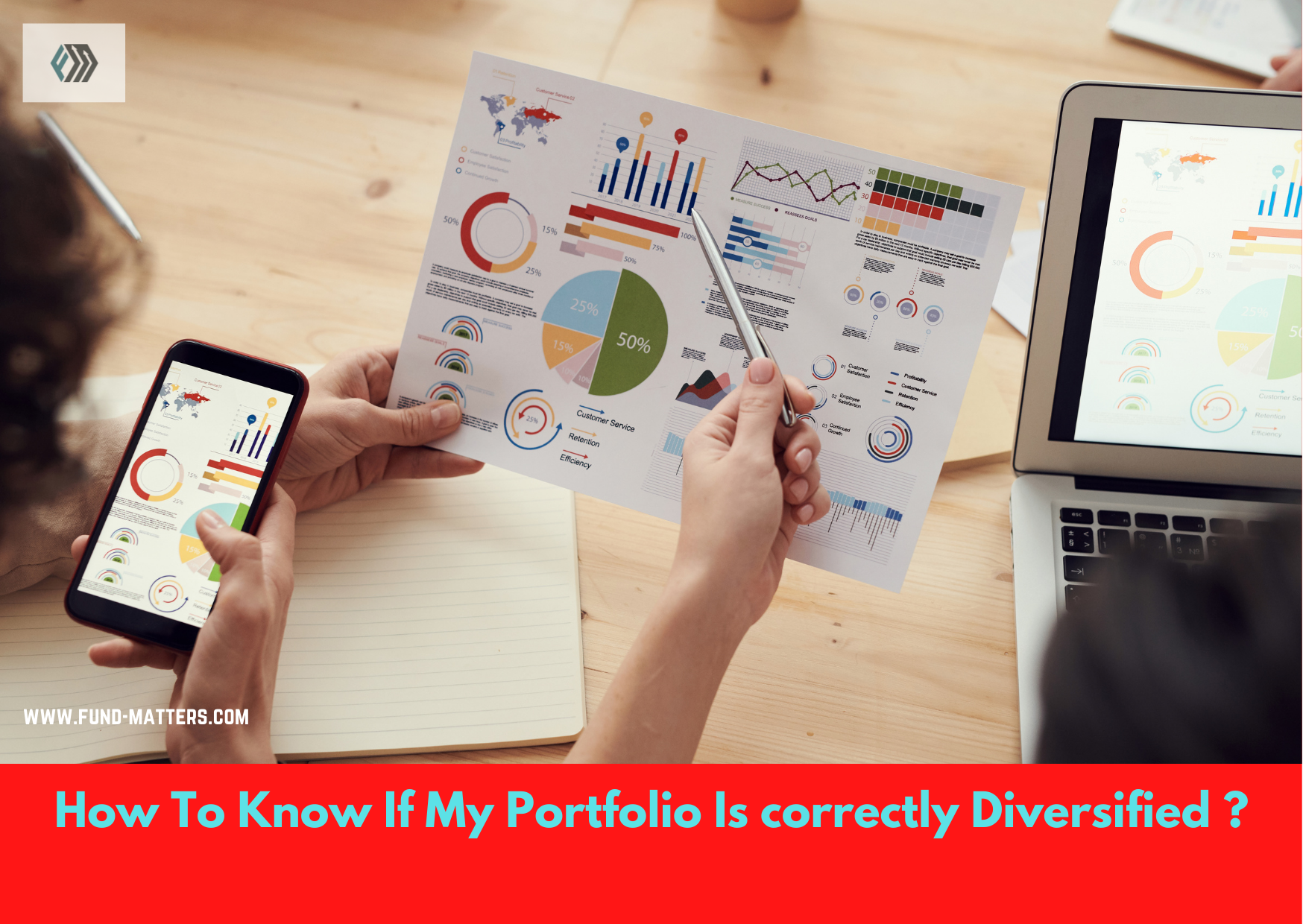How To Know If My Portfolio Is correctly Diversified ?

Diversification is a trick or investment strategy of having a mix of a variety of investments in your portfolio. The more you are diversified, the more protected you are from significant losses.
Diversification does not help to increase the profit but it helps to reduce the overall risk and losses of your portfolio. One point to that having a diversified portfolio does not mean that you will not see any losses, tt simply means low volatility due to even out-of-market low and high.
Now, how to know if your portfolio is really diversified or not? There are many misunderstandings about diversification and people often believe that having equity with some debt or having different types of mutual funds means they are diversified in their investments. But in the down market or in a crash they realize the truth.
A beginner or who is just starting investment can have the opportunity to diversify properly by understanding and learning about their investor profile and asset classes. But when one already has investments, then how to find out if your current portfolio is diversified or not? is there any way or process?
Yes, Let’s understand the simple steps in this process:-
- The first step is to find out what assets you own and how their values move independently of each other or assets have an inverse relationship; like stocks vs bonds or stocks vs gold etc.
As you know there are different types of asset classes like stocks, gold, real estate, bonds. Each asset class has its risks,& returns features. For example, Stocks are the main factor for boosting portfolio returns, at the same time it is one the risker asset class. Whereas, bonds or gold, can perform better when the stock market goes down. In other words, in down market conditions, the losses from stocks get offset by profit in bonds or gold.
Allocation to each of such asset classes depends mainly on the investor’s profile like his/her goal, age, risk capacity, duration of investment, etc. An investor approaching retirement could have lower allocation equity while a young investor can have more allocation as he/she can afford to take more risk as time is working on their side. Hence, finding out your overall asset allocation could help to see the diversification of your portfolio. You can take the help of a pie chart(with help of excel or through your investment account) and can see the percentage allocation to each asset class. Make sure that your pie chart not showing only one asset class.
- The second is to find out how diversified is your portfolio within each asset class:– Like we often have a portfolio of stocks and/or mutual funds.
For stocks, you can check for types of stocks you are holding in different market capitalization, industry/sector, etc. Having more variety of stocks helps to diversify and lower the risk. The same goes with mutual funds, check if you are holding funds like large-cap, index, multi-cap, gold, etc. than having the same types of funds. Though this does not mean to have ‘N’ number of stocks or mutual fund schemes. Keep your equity portfolio simple yet manageable and in alignment with your goal, risk, and duration.
- The third step is to check for bonds. Bonds too have different categories like from government to NBFC or corporate. Check for the ratings, risks, duration, etc.
Last but not least, if you are not sure or have doubts, better to consult a financial planner and get your investment portfolio review from an expert.
Fund-Matters provide the ‘Portfolio Review’ service. contact us for more details on – co*****@**********rs.com



